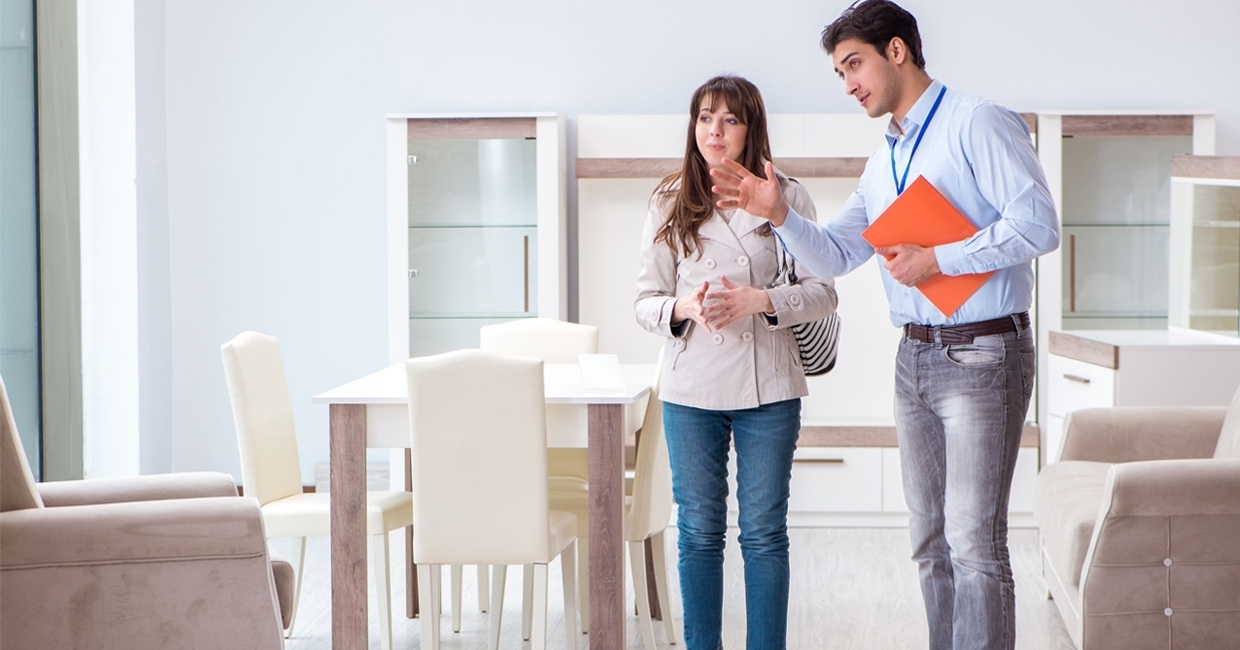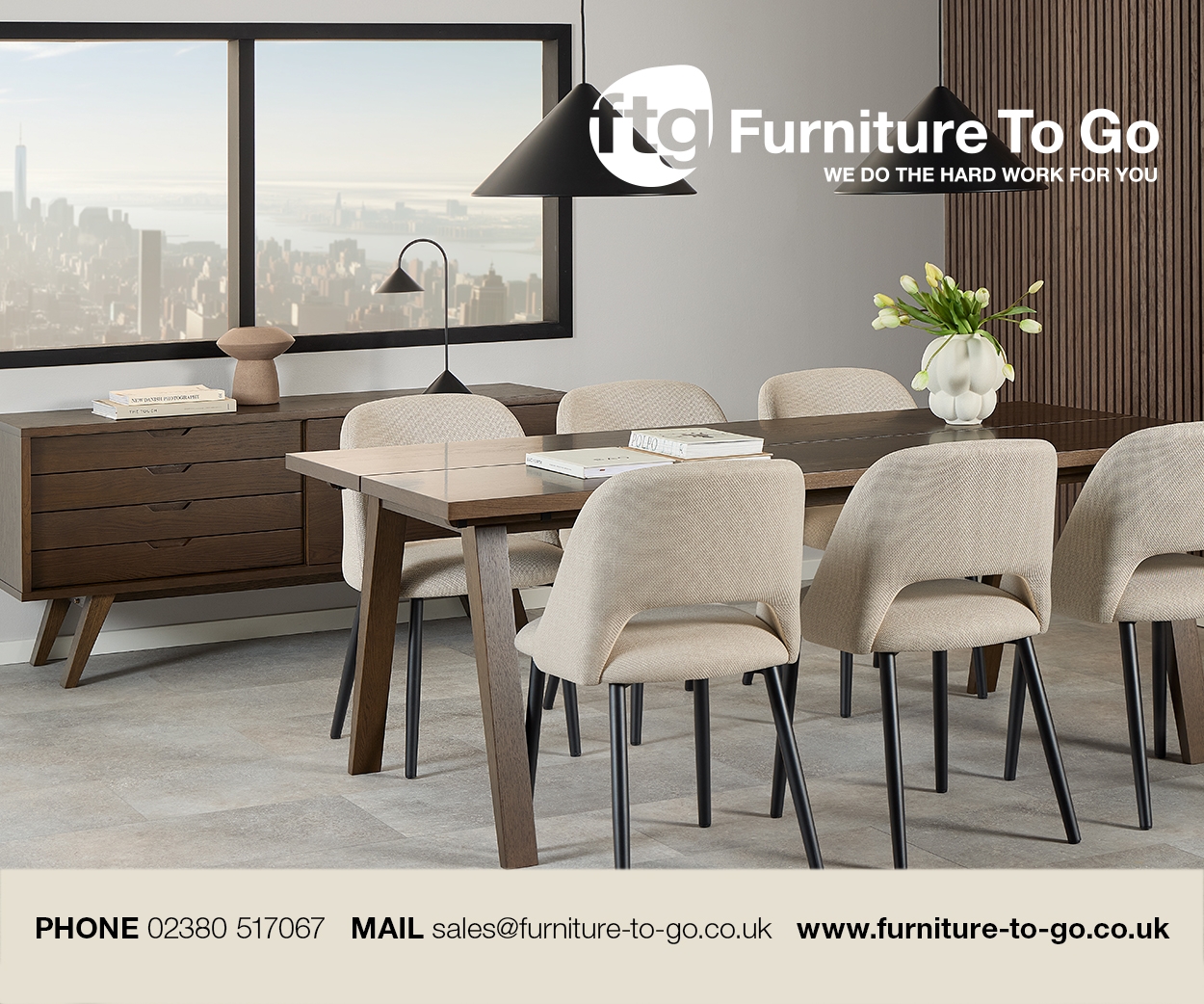Merchandising matters, and where your products are placed in your store can have a huge impact on profitability, writes our US correspondent, business growth and development consultant to the retail home furnishings industry, Gordon Hecht …
It was so warm during the last week of September in Del Boca Vista that the Christmas candy started to melt at the local Wal-Mart. While the leaves were turning colour in your town, me and my everlovin’ bride were able to take a beach walk and swim.
On the way home, we stopped for a couple of scoops at our local ice cream parlour. It’s been a while since we were there. I noticed that just past the front door they added one of those claw machines. You know, the game where you put in a buck and get to position a claw in the attempt to get a prize (retail value 75 cents).
That bright, sunny day saw the claw attract several incoming families. The kids (and several parents) were mesmerised by the treasure trove of the machine. Each munchkin was provided a dollar or two, and quickly invested in trying their luck at winning a prize – all before spending $4.50 for a scoop of Moose Tracks or Double Chocolate Malted Crunch.
The placement of the claw machine contributed to the amount spent. Had it been set in the back of the parlour, many people wouldn’t have seen it. And certain parents might have been reluctant to dish out dough to the kids after shelling out $25 or so on ice cream. Putting the same machine in a different spot would have reduced revenue.
Location, location, location
It’s probably the same for your shop. Based on walking paths, you likely have hot spots and dead zones in your store. It could be the lighting, or being by a window or door, or close to the store cash counter.
Stack that on top of what’s near the front entrance. Most shoppers make up their mind about your store after just 15ft of walking in. Do you put your best high-price merchandise at the door, or the hot-buy item on sale, or something in the middle?
The high-price item may cause sticker shock. Or else, everything else will look like a bargain. The hot buy may create a quick sale, but may not be the best sleeping option for the shopper.
Many stores merchandise by brand, others by support systems (hybrid, foam, innerspring bed). I’ve seen a few stores merchandise by comfort level, keeping the plush, firm, and medium beds grouped together.
Time to experiment
Here’s a couple of cool things about merchandising. Each store and market are a little different. We can’t really set an iron-clad rule of the ‘perfect’ way to do it. And while beds and bases are heavy, they are not nailed to the floor – meaning that merchandise is moveable, and merchandise is changeable.
Start your research with a velocity report. See which models are moving the quickest. Their current placements are probably your hot spots. If lower-priced models occupy the hot spots, you may want to shift the higher-margin beds into those slots.
Next, check your slower-moving models. They may be in dead zones. You can reserve those spaces for your hot-buy and promo models. Those beds will sell wherever they are placed!
Your next step should be to review the logic and plan of your floor merchandising. Whether you arrange your samples by comfort, brand or support, the arrangement should be consistent.
It’s OK to mix it up every now and then. Supermarkets and convenience stores – those with weekly repeat buyers – don’t change often, lest they disrupt customers’ shopping patterns. But high-dollar retail shoppers don’t repeat as often, and don’t have established patterns.
If you are unsure of where to start, call in an expert. Your factory sales reps are trained in the art of merchandise placement and can become an awesome resource in setting up your store for success.
Gordon can be reached at [email protected].









